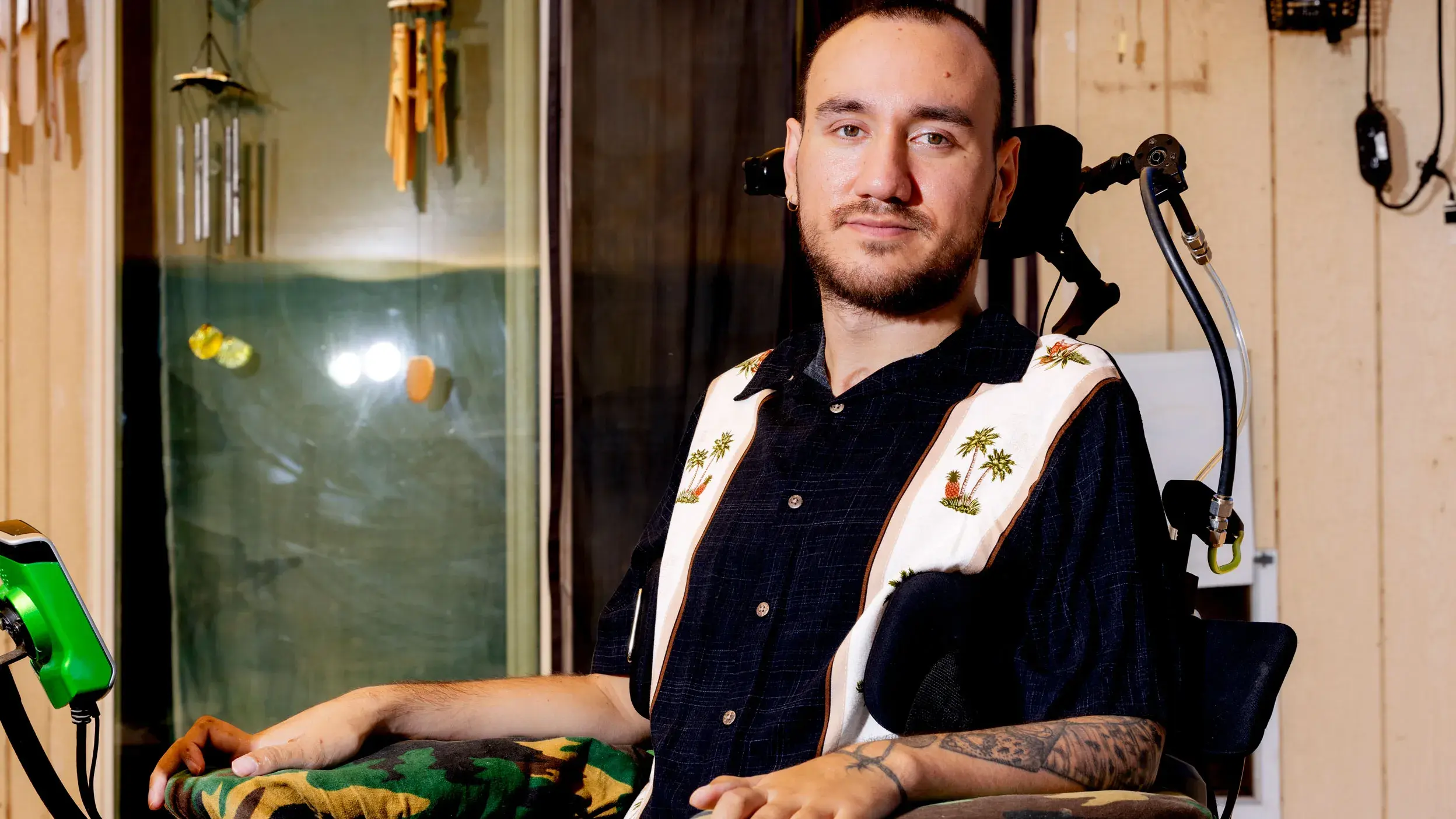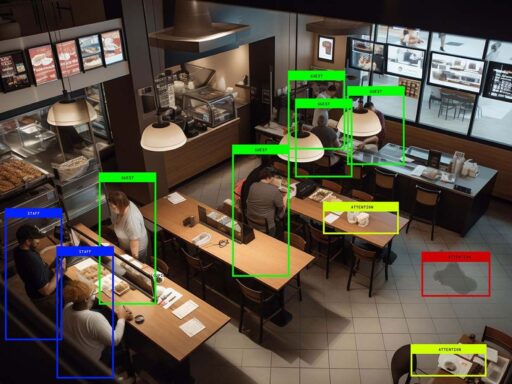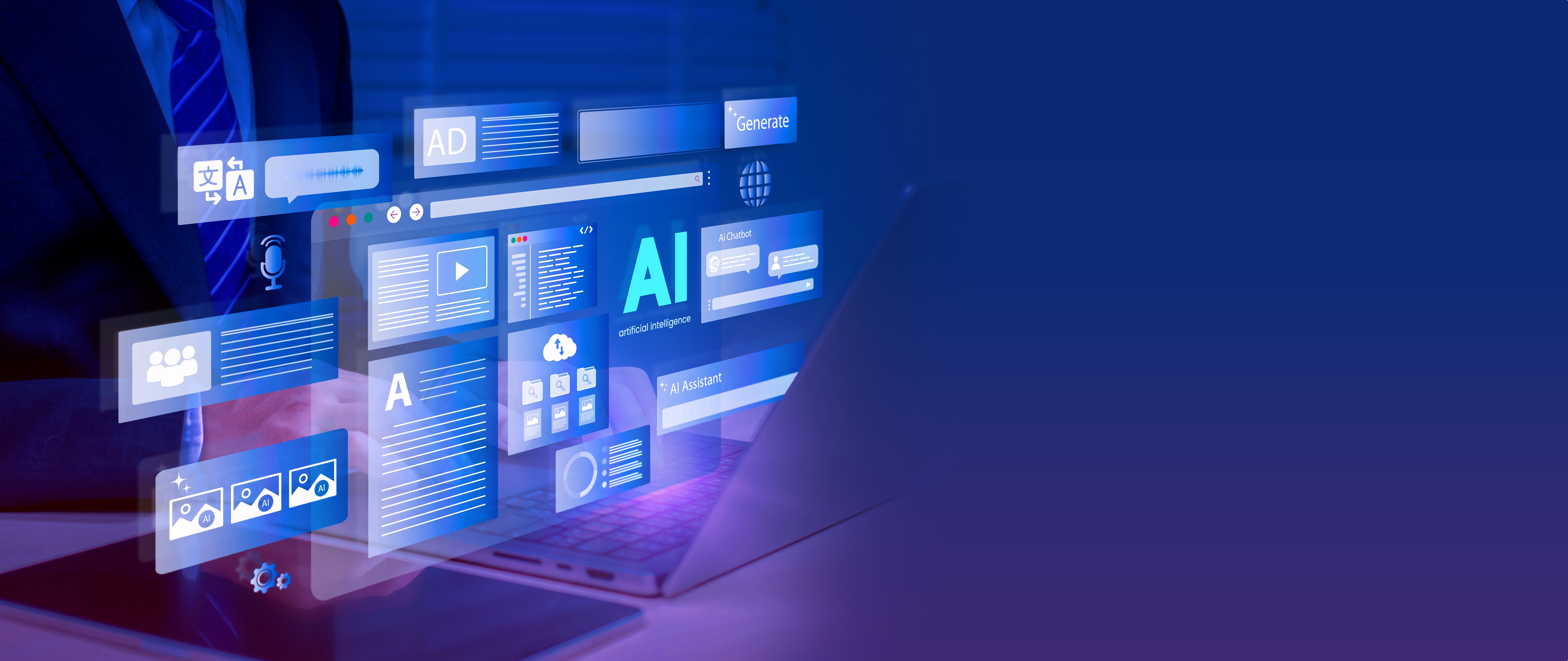Remote patient care has emerged as a vital component of modern healthcare, offering convenience and accessibility to patients while enabling healthcare providers to monitor and treat them from a distance. However, this approach has its challenges. Let’s delve into the obstacles remote patient care businesses face and explore the solutions that address these issues.
The Importance of Accurate Information and Patient Engagement
Remote patient care companies encounter two significant challenges daily: obtaining accurate information from patients and ensuring ongoing patient engagement with the remote platform. These challenges can profoundly impact the efficacy of treatments, but innovative solutions can mitigate their effects and ultimately benefit a wide range of patients.
“We receive feedback from different users. We accommodate. We customize the report depending on the needs of these customers.” – Santex Developer.
The Importance of Patient Engagement with the Remote Care Platform
Patient engagement is crucial for the success of remote patient care initiatives. Active participation from patients allows healthcare providers to monitor their progress effectively and adjust treatment plans as needed. Remote care platforms offer various features to encourage patient engagement, such as secure messaging, video consultations, and access to educational resources.
- Secure messaging enables patients to communicate with their healthcare providers, ask questions, and report any concerns or symptoms they may be experiencing. This open line of communication fosters trust between patients and providers, leading to better adherence to treatment plans and improved health outcomes.
- Video consultations allow patients to interact face-to-face with their healthcare providers from their homes. This feature is particularly beneficial for patients with mobility issues or those living in remote areas, as it reduces the need for in-person visits and minimizes the risk of exposure to infectious diseases.
- Access to educational resources empowers patients to take an active role in managing their health. These resources may include articles, videos, and interactive tools that provide information about specific health conditions, treatment options, and lifestyle modifications. By engaging with these resources, patients can better understand their health status and make informed decisions about their care.
Engaged patients are more likely to follow treatment plans, provide accurate information, and communicate any concerns or issues they may be experiencing. This engagement improves the overall quality of care, as healthcare providers can make more informed decisions based on patient data and feedback. Furthermore, engaged patients tend to have better health outcomes, as they are more proactive in managing their conditions and adhering to recommended interventions.
How remote care platforms help track the progress of treatments
Remote care platforms play a vital role in tracking treatment progress by leveraging data from medical devices. These devices, such as wearable sensors or home monitoring equipment, continuously collect essential information about a patient’s health status and securely transmit it to healthcare professionals, allowing them to track key metrics and indicators relevant to the specific treatment plan.
By analyzing the readings from these devices, providers can assess whether the prescribed treatment effectively addresses the patient’s condition. For example, if a patient is undergoing therapy for hypertension, the remote care platform can monitor their blood pressure readings over time. If the data shows a consistent reduction in blood pressure, the treatment is successful. Conversely, the healthcare team can promptly adjust the treatment plan or medication dosage if the readings remain elevated.
Moreover, remote care platforms often include data visualization tools that present the collected information in an easily understandable format. This enables providers to quickly identify trends, patterns, or anomalies in the patient’s health data.
By closely tracking treatment progress through these platforms, healthcare professionals can make data-driven decisions, optimize treatment strategies, and improve patient outcomes.
Tracking Treatment Progress with Precision Using Innovative Tools.
Tools like Power BI, Tableau, and Oracle Analytics are essential for developing reports. These tools enable the creation of interactive dashboards that consolidate data from various sources, such as electronic health records (EHRs) and wearable devices.
For example, a remote patient care company monitoring patients with chronic heart conditions can use Power BI to create a dashboard that displays real-time heart rate, blood pressure, and medication adherence data. The dashboard can highlight patients whose vitals are outside the normal range or those who have missed their medication doses. This allows healthcare providers to intervene promptly and prevent potential complications.
Conclusion
Remote patient care platforms offer a promising solution for delivering healthcare services to patients, particularly those in remote or underserved areas. Despite remote care businesses’ challenges, innovative technologies and patient engagement strategies can overcome these obstacles and improve patient outcomes.
Santex is committed to partnering with healthcare providers to develop tailored solutions that meet the unique needs of their patients and enhance the delivery of remote care services.
Contact us today to learn more about how we can support your remote patient care initiatives.





